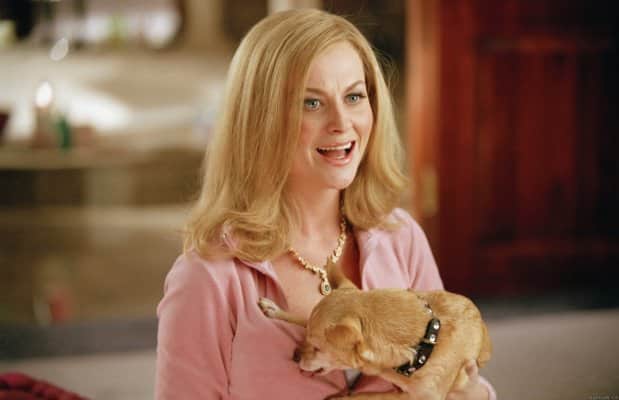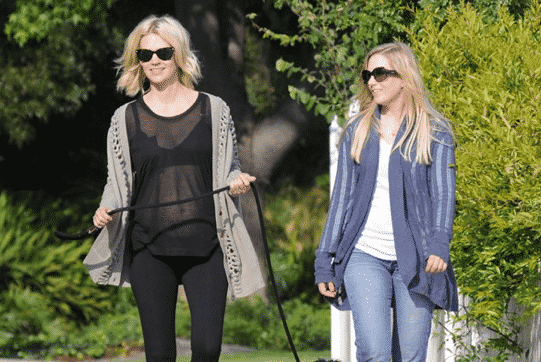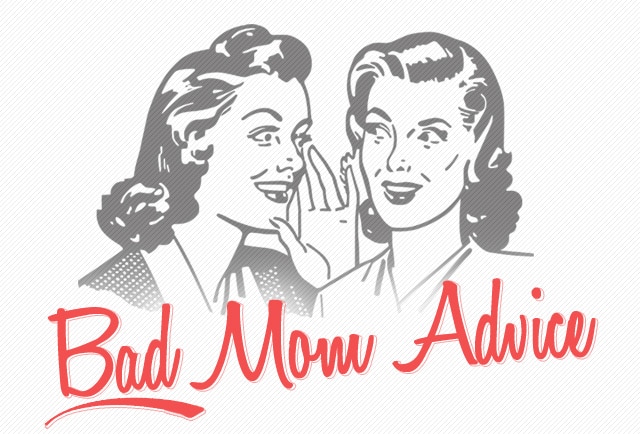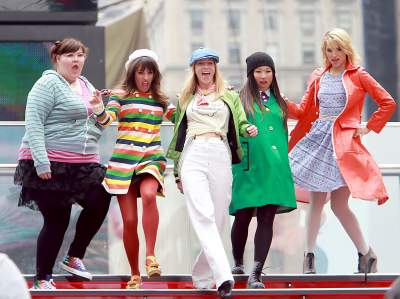My Daughter’s First Bully Was Another Mother
 As a woman, a mom, and a former teenager, I look at the young girls in movies like Mean Girls and I shudder. I remember those girls. The Plastics made fun of me for wearing the same jeans two days in a row. They taunted me and my classmates mercilessly on everything from who we were dating to what we were wearing to sitting at the ”wrong” table at lunchtime. Everything was fair game. What a relief when graduation came and I was done with any obligation to interact with this uber-clique on a daily basis. Unless, of course, I had children.
As a woman, a mom, and a former teenager, I look at the young girls in movies like Mean Girls and I shudder. I remember those girls. The Plastics made fun of me for wearing the same jeans two days in a row. They taunted me and my classmates mercilessly on everything from who we were dating to what we were wearing to sitting at the ”wrong” table at lunchtime. Everything was fair game. What a relief when graduation came and I was done with any obligation to interact with this uber-clique on a daily basis. Unless, of course, I had children.
My daughter was born about four years after Mean Girls debuted. A few quick calculations told me I had about ten years before The Plastics would make an appearance in my daughter’s life, and I guessed I had about three years after that before The Plastics would be a genuine concern. In reality, I had about ten minutes. It was then that I realized that The Plastics were not the girls who would be debuting in my daughter’s life, but it was The Future Plastics’ mothers who were waiting in the wings.
My first significant encounter with a Plastic Mom was when my daughter, Emma, was about two years old. I work full-time, but I’ve always had a very flexible schedule and frequently spent time in my daughter’s classroom to get to know her friends and teachers. After a few weeks, I met Alice. Alice’s daughter, Karly, was in the same classroom as Emma, and our daughters quickly became friends. Alice and I soon began to talk regularly as we dropped off our daughters and were headed down the path to becoming friends.
I will acknowledge here that my daughter is a girly-girl. She has incredibly long hair that is almost always pulled up in some way, a large supply of cute outfits and dresses, and a small but respectable shoe collection. She is an only child, and she has three grandmothers. Despite her propensity for all things feminine, my daughter is never fancy for school. She’s four now, but she has not and will not wear accessories on a regular basis. She does not and will not get her hair curled or blow-dried for day-to-day life. She loves every moment of dressing up, but she’s still only four.
Karly is also an only child and a girly-girl. That is where our similarities end.
I recognized early-on that Alice was the type of mother to fully ”style” her daughter for every day of preschool. When Alice put on her jewelry for the day, she made sure Karly had her own accessories to match her outfits. This was no small feat. On the day in question Karly was wearing little girl’s ”high” heels, tights with lace designs, a puffy tulle skirt, a matching t-shirt and vest combo, bracelets, rings, two necklaces, earrings, and a matching head piece. In other words, Karly was more put together and styled than I, a fully-functioning adult, will ever be.
Alice checked over her daughter one more time when I heard her say, ”Karly, you just look so beautiful! Oh, look! Emma isn’t wearing any of her jewelry. How sad is that? Ladies always wear jewelry.” I’m assuming Alice realized I was preoccupied that day and left without me, but I was too dumbstruck to take note of where she was going. I began to look around to see if anyone else had heard what I heard when the girls’ teacher caught my eye and said, ”She says that about at least one girl every day. Today just happened to be Emma’s day.”
I’m still stunned. Why on earth would a mother point out when a toddler wasn’t wearing jewelry? What could she possibly hope to gain by that? For that matter, why would she do it on a regular basis? I comforted myself with the idea that Alice was just particularly enthusiastic about appearances, but I soon learned how wrong I was.
The next time I saw Alice was at the girls’ Fourth of July party. After a solid hour of excitement, sugary snacks, and noise, one of the little girls in the class went into meltdown mode. She screamed, she cried, and then she screamed some more. I didn’t want to interrupt the girl’s father by offering to help (he seemed to have his hands full just trying to get her to stop shrieking), so I started to call the other kids over in order to give the overwhelmed father some space. As I called to the kids, Alice came up behind me and whispered, ”See? Riff-raff like that is the last thing we need here. They need to start charging more for this place so that people like her will go elsewhere.” I could not even offer a coherent reply. Had she really just accused a toddler of being riff-raff? [tagbox tag=”bullying”]
My encounters with Alice ended a few months later when we left that school, but I continue to be amazed when I think about her comments. These stories are only two of a collection of times when I encountered Alice making disparaging comments about the other children and their families. Before we left the school for good, Karly had started to make similar remarks, and I quickly realized that Alice’s role as a Plastic Mom had nearly ensured Karly’s role as a Future Plastic. That’s one cycle that does not appear to be broken.
Moms judging other moms is something that we’re all guilty of at one time or another, and most of us will freely admit that. Alice, however, was steeping the judgment of the children. She shared her judgments with others, and she saw nothing wrong with her actions in any of these scenarios. This leaves me wondering, what can we possibly do about this? I can spend every day talking to my daughter and raising her to be a good person who makes good decisions, but how long before she hears someone like Alice make a judgment against her? How long till someone deliberately insults her for no apparent reason? I’ve had plans for what to do when a child insults her, taunts her, bullies her, but it never occurred to me that my daughter’s first bully would be a mom.
(photo: moviepicturedb.com)





